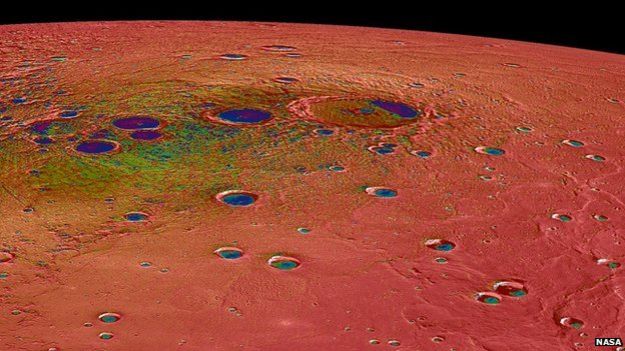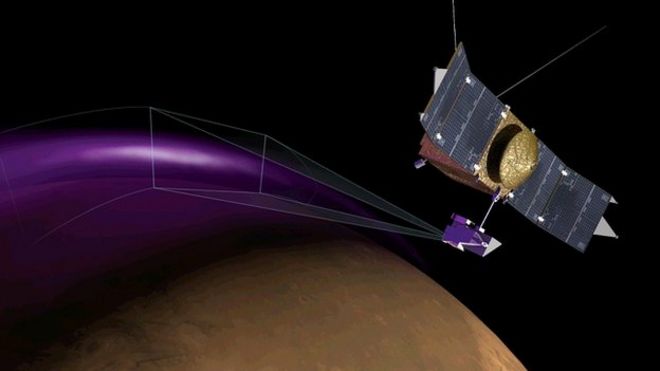ScienceRocks
Democrat all the way!
- Thread starter
- Banned
- #561
Japan space scientists make wireless energy breakthrough
15 hours ago

Electricity gained from solar panels in space could one day be beamed to earth
Read more at: Japan space scientists make wireless energy breakthrough
15 hours ago

Electricity gained from solar panels in space could one day be beamed to earth
Japanese scientists have succeeded in transmitting energy wirelessly, in a key step that could one day make solar power generation in space a possibility, an official said Thursday.
Researchers used microwaves to deliver 1.8 kilowatts of power—enough to run an electric kettle—through the air with pinpoint accuracy to a receiver 55 metres (170 feet) away.
Read more at: Japan space scientists make wireless energy breakthrough














